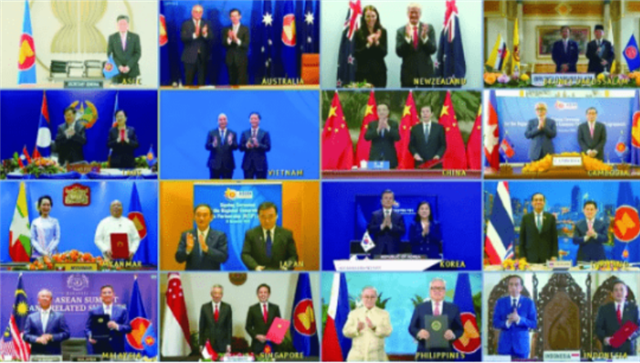
The Regional Comprehensive Economic Partnership (RCEP) agreement was signed among its 15 participating countries on November 15, launching the world’s biggest free trade bloc.
Participating countries include the 10 member countries of the Association of Southeast Asian Nations and China, Japan, South Korea, Australia and New Zealand.
In the interpretation, the head of the Department of International Organizations and Conferences of the Ministry of Commerce pointed out that in terms of trade in goods, 15 parties made arrangements for the liberalization of trade in goods by way of bilateral bid. After the agreement came into effect, more than 90% trade of goods in the region will eventually realize zero tariff, so that RCEP free trade zone can realize all goods trade liberalization commitment in a relatively short time.
So what changes will RCEP bring to the photovoltaic market? As the world’s largest photovoltaic exporter, China’s photovoltaic industry is greatly affected by tariffs. Some analysts believe that after RCEP was signed, 95% or even more tax items will be included in the scope of “zero tariff” in the future, which is undoubtedly good news for China’s photovoltaic market.
According to the statistics, China’s silicon import in 2019 is 174,500 tons, mainly from Germany, South Korea, Malaysia, China’s Taiwan, and Italy, which are the top five import countries and regions.
Among the above 15 countries, six are the main import and export countries of China’s photovoltaic products, namely Vietnam, Malaysia, Japan, South Korea, Australia and Thailand. Vietnam, in particular, has a place in the top five export countries of battery wafers, modules and inverters in China.
However, India, an important market in photovoltaic field, was absent from the RCEP signing, where the 15 participants issued the joint statement to clarify the signing target of 2020, since the country holds different views in tariff, trade deficit and non-tariff barriers with other participants.
The 15 RCEP members cover 2.2 billion people, with a total GDP of US $25.6 trillion, regional exports of US $5.6 trillion and foreign investment of US $370 billion, all of which account for about 30% of the global total.
The successful signing of RCEP will shape the “super economic circle” with the largest population, the largest economic and trade scale and the most potential for development in the world. With the promotion of RCEP, photovoltaic may enter the era of “zero tariff”.


